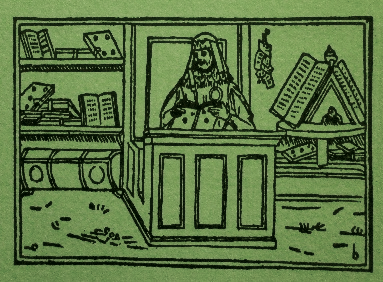Cromolitografia di mm 457 x 530 a foglio completo. Carta in cellulosa ottocentesca priva di difetti. Foglio tratto dal volume “Venice from Lord Byron’s Childe Harold”. Illustrazione di grandissima modernità , che, forse per la professione di cartonista dell’autore, anticipa di parecchi decenni le rappresentazione “essenziali” dei primi anni del novecento. Edward Linley Sambourne (4 January 1844, Pentonville –3 August 1910) was a cartoonist for Punch. He was born in Pentonville, London, the son of Edward Moot Sambourne. His middle name of Linley comes from his mother’s maiden name, Frances Linley. At the age of sixteen, he attended the South Kensington School of Art for a short time, but then left and began working for John Penn & Sons, an engineering firm in Greenwich. Sambourne worked here as an engineering draughtsman, but bored with the work, he spent most of his time making sketches. A fellow worker, Alfred Reed, finding one of the sketches particularly amusing, showed the sketch to his father, German Reed, a friend of the then Punch editor, Mark Lemon in early 1867. Lemon was sufficiently impressed by the sketch that he published a drawing by Sambourne in the 27 April 1867 issue, of John Bright tilting at a quintain under the title of “Pros and Cons”. Sambourne was a contributor to Punch for the next four decades. In 1871 he became the regular illustrator for the “Essence of Parliament” feature. By 1878 he was named the “cartoon junior”, second only to John Tenniel. Besides his work for Punch, he occasionally produced work for other magazines, and also produced illustrations for an 1885 edition of Charles Kingsley’s The Water Babies .In 1901, he became the chief cartoonist for Punch, taking over after John Tenniel’s retirement. After his death his family preserved his Holland Park home largely as it has been in his lifetime and it is now open to the public as the Linley Sambourne House.
Libreria Emiliana
Antiquaria
Libri e Stampe Veneziane
dal XV al XXI Secolo
dal XV al XXI Secolo


